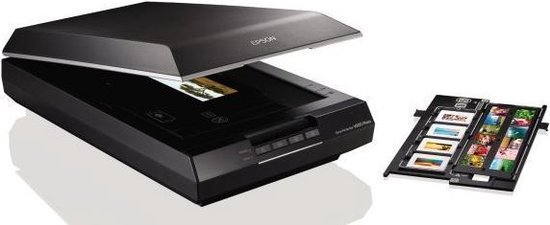

Therefore, please see below 2 pictures, where #1 is from vueScan+pp in PS, and #2 is a straight scan using the Epson software, where the automatic exposure correction was enabled. But how can I know if that image is still related with the film I used or, since I'm moving levels/curves here and there, I'll get the same result with any film? The problem is, since the scan you get from vueScan is a flat RAW TIFF with zero white balance, I need to make several regulations in PS to get a quite good image. So I can say "Ok, this is Kodak, this is Fuji, etc." So, despite the quasi-zero editing I leave to my scanner - thanks to the several vueScan options you can set - I would like to have, after my post-production in Photoshop, a kind of "fidelity" to the film colors, if that is still possible. But still, I would like (at least) to keep the different features of any single film, so I can eventually choose which fits to me in terms of colors, grain and "general mood". Having said that, as we all know, even with analog - and especially with film scanning - there is always a subjective interpretation of colors left to the author. This is why, after waiting for years, I started shooting analog, since I wanted the film leading (or helping) my color interpretation.

I always shot in digital, mostly preferring BW to color since I feel pretty uncomfortable to interpret it. However, I'm still quite inexpert to get the best results with this workflow.īefore I get the questions, please let me do a premise. It's my first color film roll ever, but I've already scanned a couple of BW 120 film rolls in the past.

Drivers for Mac OS X 10.6 or later will also usually work on Mac OS X 10.12 (Sierra).Įpson sold this scanner in some countries as the GT-X820.As per thread object, I'm trying to scan a Kodak ColorPlus 200 roll via Epson v600 scanner + VueScan software. Note that Epson drivers for Windows Vista or later will usually work on Windows 10. You need to install the Epson driver to use this scanner on Linux. On Mac OS X, this is normally already installed by Software Update, so VueScan should just work. You need to install the Epson driver to use this scanner on Windows and macOS. However, silver-based black/white film doesn't work with infrared cleaning because the silver particles look the same in visible light and infrared light. Infrared cleaning works well with all types of color negative and color slide film, including Kodachrome. It scans with visible light in the first pass and with infrared light in the second pass. This is similar to (and we think better than) the ICE and FARE algorithms. VueScan's 'Filter | Infrared clean' option can be used to remove dust spots from film scans. This scanner has an infrared lamp for scanning film. VueScan is compatible with the Epson Perfection V600 on Windows, macOS and Linux.


 0 kommentar(er)
0 kommentar(er)
